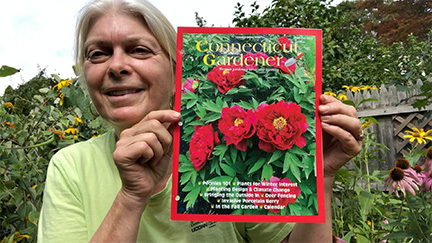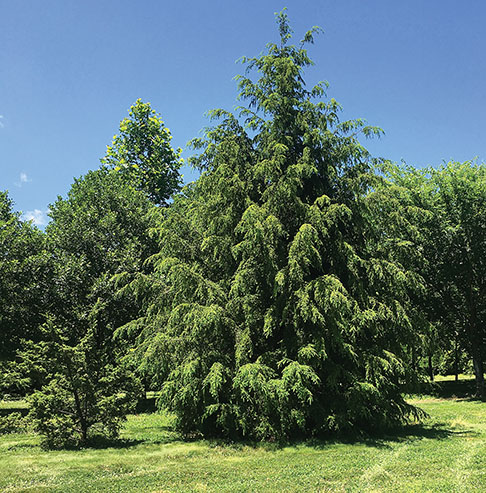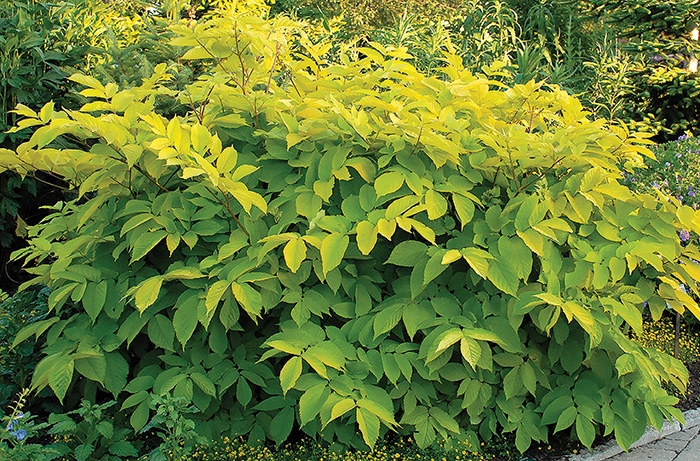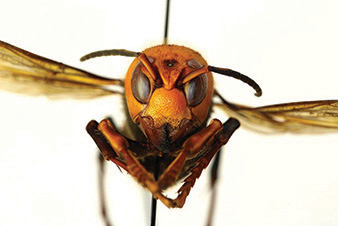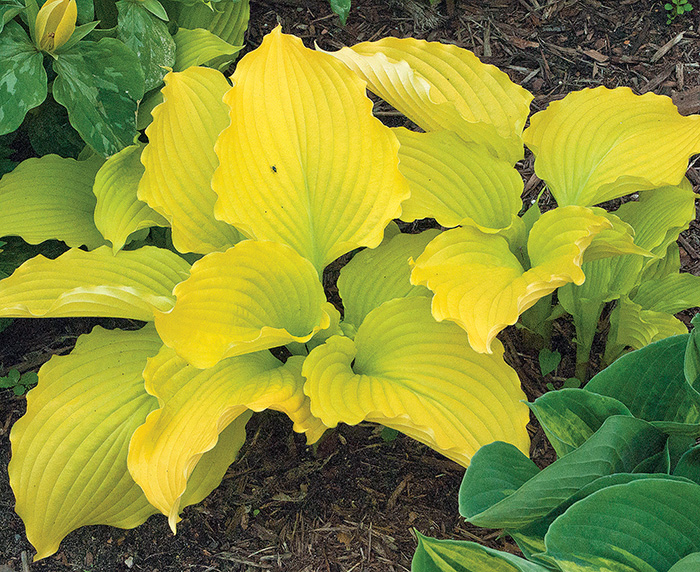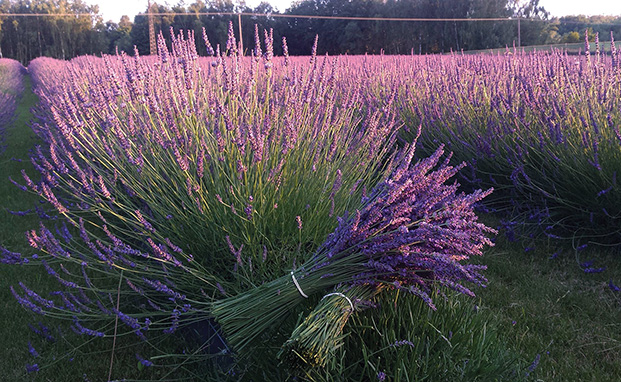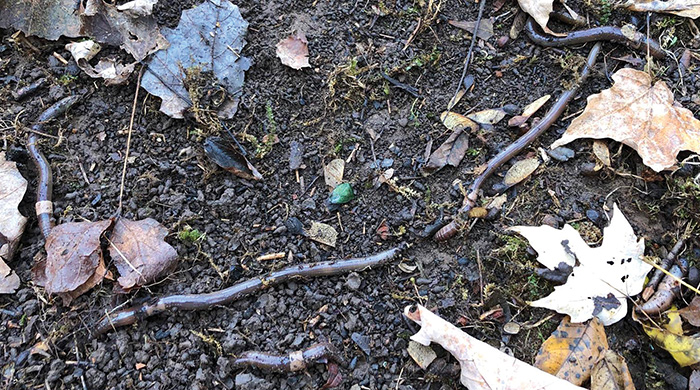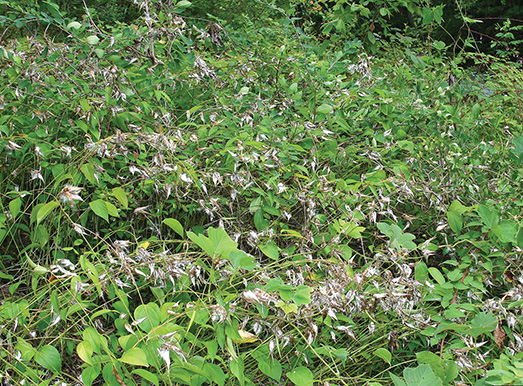-
-
Traveler – Adelgid Resistant Hemlock
By Kim Kaplan A first-of-its-kind hybrid hemlock, which is not vulnerable to the insect hemlock woolly adelgid, has been developed by the Agricultural Research Service’s (ARS) U.S. National Arboretum. Traveler, as the new variety is named, is a cross between the Chinese hemlock (Tsuga chinensis) and the native Carolina hemlock (Tsuga caroliniana). The new tree has the native hemlock’s handsome symmetrical evergreen growth habit with slightly weeping branches. It has a moderately slow growth rate and produces large cones. But its most important characteristic is the ability to survive attack from the hemlock woolly adelgid. “We’ve had trials of Traveler growing since 2000, and we haven’t seen any damage from…
-
Experiment Station Has New Director
NEW HAVEN, CT, April 8, 2020 – The Board of Control of The Connecticut Agricultural Experiment Station in New Haven has appointed Dr. Jason White as director. He began his new position on April 1, 2020. Dr. White is the 10th director in the storied 145-year history of the Experiment Station and will replace Dr. Theodore Andreadis who has retired after 42 years of service to CAES and the State of Connecticut. Dr. White served as the agency’s vice director for the last six years. A Pennsylvania native, Dr. White joined the research staff of the Experiment Station in 1997. Before being chosen as director, he was the chief scientist…
-
2020 Perennial Plant of the Year
The Perennial Plant Association’s 2020 Perennial Plant of the Year is Aralia cordata ‘Sun King’ (Golden Japanese spikenard). The following description is from Walters Gardens – waltersgardens.com “An excellent complement to hostas and woodland perennials, ‘Sun King’ emerges mid-spring with bright gold leaves held on nicely contrasting reddish brown stems. If given at least a few hours of sun a day, the foliage will remain yellow all summer. In heavier shade, the foliage ranges from chartreuse to lime green. This plant quickly forms a large clump of foliage which amazingly resists deer browsing. It reportedly grows just three feet tall and wide, though many plantsmen believe it will grow larger…
-
Asian Giant Hornet Look-alikes
By Will Rowlands In early May, The New York Times ran a couple of pieces about “Murder Hornets.” Asian giant hornets (Vespa mandarinia) are, in fact, dangerous, they kill dozens of people every year in China, Korea and Japan, where they are sometimes called murder hornets, tiger hornets or great swallow bees. In late 2019, they were found in two locations in northern Washington and a couple of places in nearby British Columbia, across the Strait of Georgia. Early genetic testing indicated that the Canadian colony came from Japan while the Washington hornets were from South Korea. Unfortunately, they’ve managed to overwinter. In May 2020, new specimens were found in…
-
AHGA Hosta of the Year
The American Hosta Growers Association (AHGA) Hosta of the Year for 2020 is Hosta ‘Dancing Queen.’ According to the Missouri Botanical Garden … “ ‘Dancing Queen’ was developed and introduced in 2005 by Kent Terpening of Syracuse, NY, using Hosta ‘Split Personality’ as the seed parent and an unknown pollen parent.” The following description is from Walters Gardens – waltersgardens.com A unique large, yellow hosta from Kent Terpening. Unlike other yellow hostas which emerge or turn chartreuse, ‘Dancing Queen’ emerges bright yellow and remains yellow all season long. The large leaves have a prominent pie crust edge, adding even more pizzazz to this colorful hosta. In mid- to late-summer, the…
-
Year of Lavender
The National Garden Bureau (NGB) has proclaimed 2020 to be the Year of the Lavender. To find out more, go to their website at ngb.org, where there’s plenty of information in the form of pictures and presentations. There are many types of Lavender including English, French, Portuguese and Spanish. And, of course, there are a variety of crosses available. English lavender (Lavandula angustifolia) is the most suited to our New England climate. It’s the hardiest and several varieties have been trialed to overwinter reliably through Zone 5. The following description is from NGB … “English lavender blooms sit on spikes rising tall above a gray-green base of leaves. Both the…
-
Invasive Management in May & June
We list only mechanical control options below. Many thanks to Emmett Varricchio for developing the calendar. See it in full on the CIPWG website at cipwg.uconn.edu under 2018 Symposium Presentations. If you don’t get to it at the prescribed time, just remember that the best time to manage invasives is NOW! CUT/MOW: Delays/prevents seed production and depletes plant’s resources. Follow-up often as necessary. Repeated mowing is an effective control strategy for some plant species. PULL/DIG: Effective at removing seedlings and annuals. Organize volunteers and have a pulling party. Japanese Knotweed (Polygonum cuspidatum)Cut/mow mid-May to mid-June: Schedule three to four times a year. Can be effective, but don’t leave cuttings to…
-
Jumping Worm Update
By Annise Dobson Many of us have grown up thinking that earthworms are a sign of healthy, fertile soil. Recently, a bigger, faster, and incredibly abundant earthworm has been showing up in Connecticut farms, gardens, and forests. Earthworms can be beneficial in their native ecosystems and agricultural settings, but their ability to re-engineer soil can completely restructure ecosystems and the microbial, plant, arthropod and vertebrate communities that live within them. Native Earthworms in Connecticut While its true that most earthworms you will encounter are non-native,we have a small number of native earthworm species in Connecticut. Thelast glaciation is thought to have pushed earthworms out of Connecticut, but Dr. Tim McCay…
-
Black Swallow-wort – Monarch Menace
By Will Rowlands Black swallow-wort (Cynanchum nigrum) is an herbaceous, climbing, perennial vine that can grow up to 6 feet in length/height. It can climb by twining or ramble on the ground. It’s native to the Mediterranean coasts of France, Italy, Portugal and Spain and is considered invasive in Connecticut. It was reportedly cultivated in greenhouses in Ipswich, Mass. and the Harvard Botanical Garden where it escaped into the wild. Its botanical synonyms are Cynanchum louisae and Vincetoxicum nigrum. Common names include Louise’s swallowwort, climbing milkweed and black dog-strangling vine. This plant will take over meadows, pasture, old fields and quarries, hedgerows, vacant lots, roadsides, river banks, transportation and utility…
